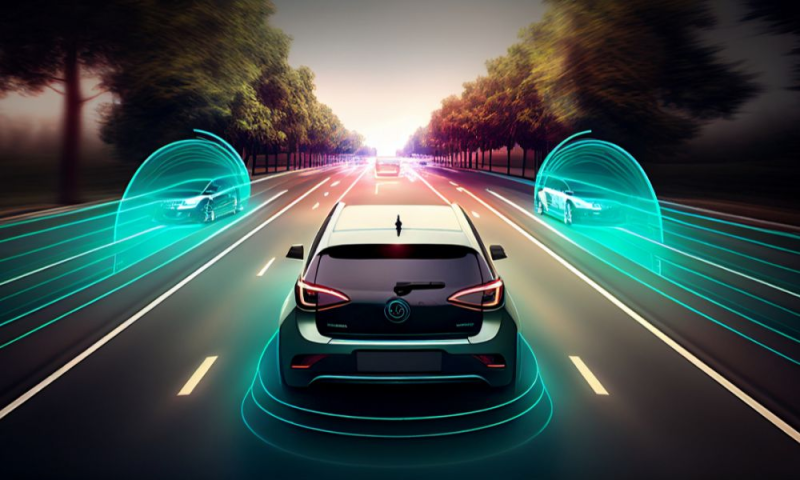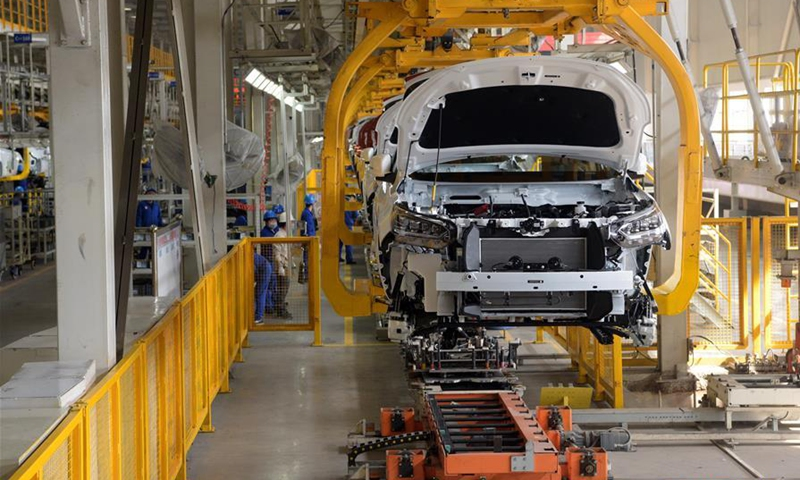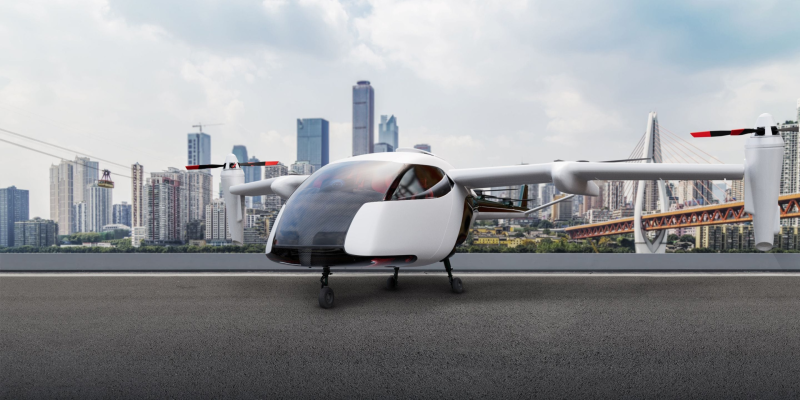The new energy vehicle (NEV) industry has been experiencing rapid growth in recent years, and 2025 is expected to be a pivotal year for its development. The industry is shifting from a focus on electrification to intelligence, which will bring about significant changes. In this article, we will explore the top 10 trends in the NEV industry for 2025.
The Growth of New Energy Vehicle Sales
The sales of new energy vehicles are expected to continue to grow in 2025. According to the China Association of Automobile Manufacturers, the sales of NEVs are projected to reach 15-16 million units, with a penetration rate of around 51%. This growth is driven by factors such as government policies, technological advancements, and increasing consumer acceptance.

The Rise of Hybrid Vehicles
Hybrid vehicles, including plug-in hybrids and range-extended electric vehicles, are expected to play a significant role in the market. Brands such as BYD, Geely, and Great Wall are leading the way in the development of hybrid vehicles. The proportion of pure electric and hybrid vehicles is expected to shift from 7:3 in 2023 and 2024 to 5:5 in 2025.
Breakthroughs in Autonomous Driving
Autonomous driving technology is expected to make significant progress in 2025. The penetration rate of L2-level assisted driving is projected to reach 65%, higher than the previous expectation of 50%. Additionally, L3-level autonomous driving is expected to become more widely available, with companies such as Huawei and XPeng leading the way.
The Importance of Brand Upgrading
As the competition in the NEV market intensifies, brands are focusing on upgrading their products to improve profitability. Companies such as Li Auto and Zero Run are launching more high-end models to attract consumers and increase their market share.
The Increase in Domestic Chip Production
The domestic production rate of car chips is expected to increase significantly in 2025. Due to geopolitical factors, the importance of domestic chip production has become more prominent. Some car companies are expected to adopt a large number of domestic chips in 2025, with Dongfeng Motor setting a target of 60-80% for the domestic production rate of car chips.
The Expansion of International Markets
Chinese NEV companies are accelerating their international layout and expanding into overseas markets. With advantages such as cost-effectiveness and advanced technology, Chinese NEVs are expected to increase their market share in regions such as Latin America, Southeast Asia, and the Middle East.
The Development of Smart Cockpits
Smart cockpits are becoming a standard feature in NEVs, providing a more intelligent and convenient driving experience. The integration of artificial intelligence and big data is driving the development of smart cockpits, making them an important selling point for NEVs.
The Integration of the Industrial Chain
The integration of the new energy vehicle industry chain is expected to strengthen in 2025. Companies in the industry chain, including battery suppliers, car manufacturers, charging facility operators, and technology companies, are forming more closely-knit industrial ecosystems through strategic cooperation and equity cooperation.
Conclusion
The new energy vehicle industry is undergoing significant changes, shifting from a focus on electrification to intelligence. The trends in 2025, including the growth of NEV sales, the rise of hybrid vehicles, breakthroughs in autonomous driving, brand upgrading, the increase in domestic chip production, the expansion of international markets, the development of smart cockpits, and the integration of the industrial chain, will shape the future of the industry.
Hot Questions and Answers:
- What is the impact of government policies on the growth of new energy vehicle sales?
- Government policies, such as subsidies and tax incentives, have played a crucial role in promoting the growth of NEV sales. These policies have helped to reduce the cost of NEVs and make them more attractive to consumers.
- How will the rise of hybrid vehicles affect the market share of pure electric vehicles?
- The rise of hybrid vehicles is expected to increase the overall market share of NEVs, but it may also lead to a shift in the proportion of pure electric and hybrid vehicles. This could have an impact on the strategies of car manufacturers.
- What are the challenges faced by the new energy vehicle industry in the development of autonomous driving technology?
- The development of autonomous driving technology faces challenges such as technical limitations, safety concerns, and regulatory issues. Companies need to invest heavily in research and development to overcome these challenges.
- How can new energy vehicle companies improve their profitability?
- Companies can improve their profitability by upgrading their brands, launching more high-end models, and optimizing their cost structures. Additionally, they can explore new business models and revenue streams.
- What is the significance of the increase in domestic chip production for the new energy vehicle industry?
- The increase in domestic chip production is significant for the new energy vehicle industry as it can reduce the dependence on imported chips, enhance the supply chain security, and promote the technological upgrading of the industry.
- How will the expansion of international markets affect the development of Chinese new energy vehicle companies?
- The expansion of international markets can provide new growth opportunities for Chinese NEV companies, but it also brings challenges such as competition from international brands and different regulatory requirements. Companies need to adapt to the local market conditions and build strong brand images.





